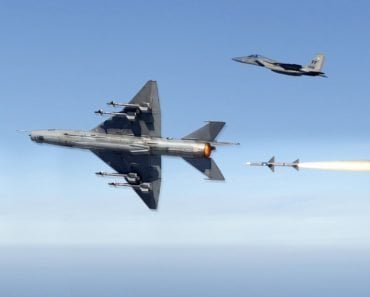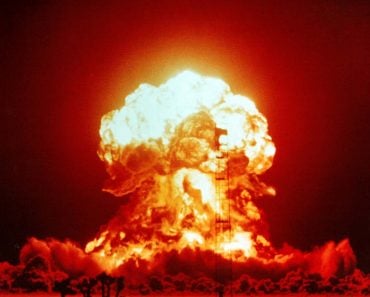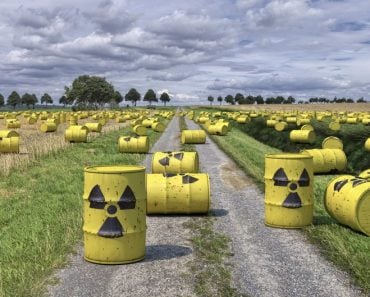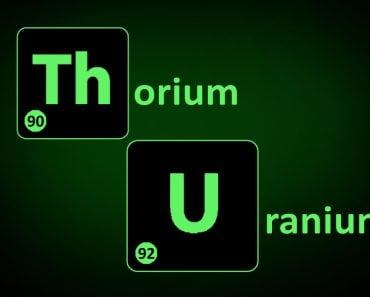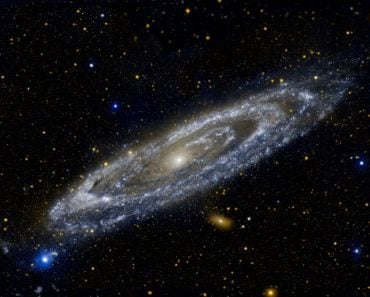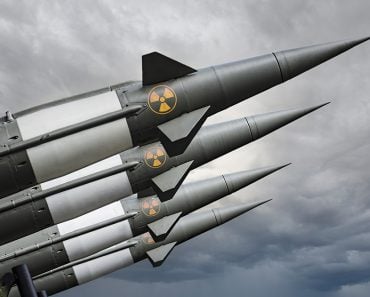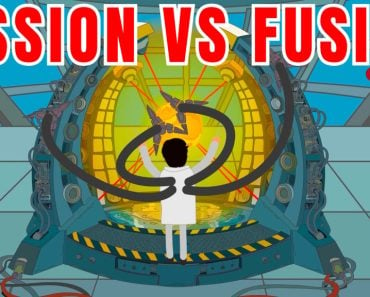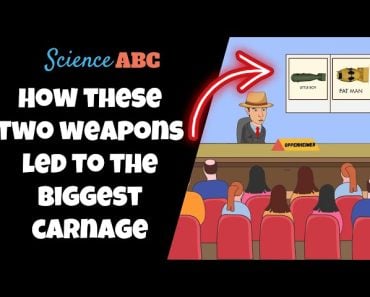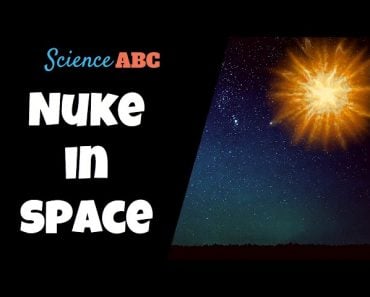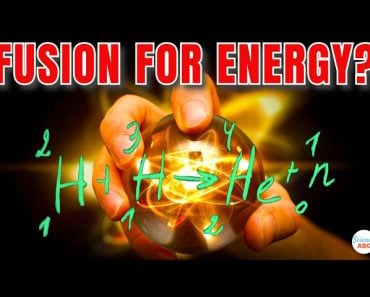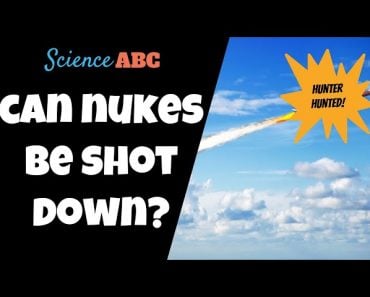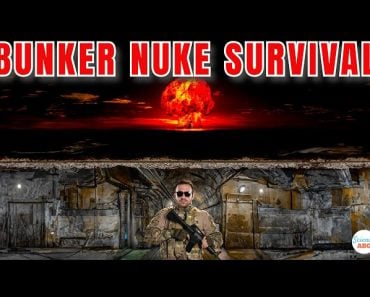Table of Contents (click to expand)
Hydrogen Bombs use nuclear fusion to achieve greater destructive power. The massive amount of energy released during fission aids in compressing the nuclear fuel instantly. This doesn’t leave time for the reaction to blast before progressing further.
Humans have always tried to harness different forces in the natural world to fit their wants and needs. From the energy of the winds to the energy binding all particles at a molecular level, the human mind keeps exploring ways to control the greatest sources of power we find.
Today, several nations get their electricity from uranium fission. Nuclear plants will become a major source of power when every nation comes to an understanding of how to prevent its misuse.
A nuclear bomb releases its energy in the blink of an eye, producing a strong concentration of heat in just picoseconds.
In nuclear power plants, however, the nuclear fuels progressively burn up to generate power. A city could be destroyed with just a few kilos of that same nuclear fuel.
New possibilities come up when we study nuclear reactions by bombarding a nucleus with other nuclear particles, like neutrons, protons etc. These possibilities give birth to Nuclear Fission and Fusion reactions. To read more about nuclear fission and fusion, you may want to check out this article, which explains both in detail and identifies their differences.
Nuclear fission is the energy source in nuclear reactors that generate electricity.
To understand the explosive nature of an H-bomb, we first have to look into the basics of an atomic bomb.
Recommended Video for you:
How Do Atomic Bombs Work?
Atomic bombs function on the principle of nuclear fission. They produce a tremendous amount of energy due to uncontrolled nuclear fission. It is a nuclear reaction that splits an atom’s heavy nucleus into two lighter nuclei.
When a free neutron clashes with an atom of a fissionable material, like uranium or plutonium, two to three more neutrons are emitted. The neutrons leave the nucleus and release a lot of energy. The neutrons that have been released then strike other uranium (or plutonium) nuclei, splitting them similarly, and then releasing additional energy and neutrons. This domino effect spreads immediately.
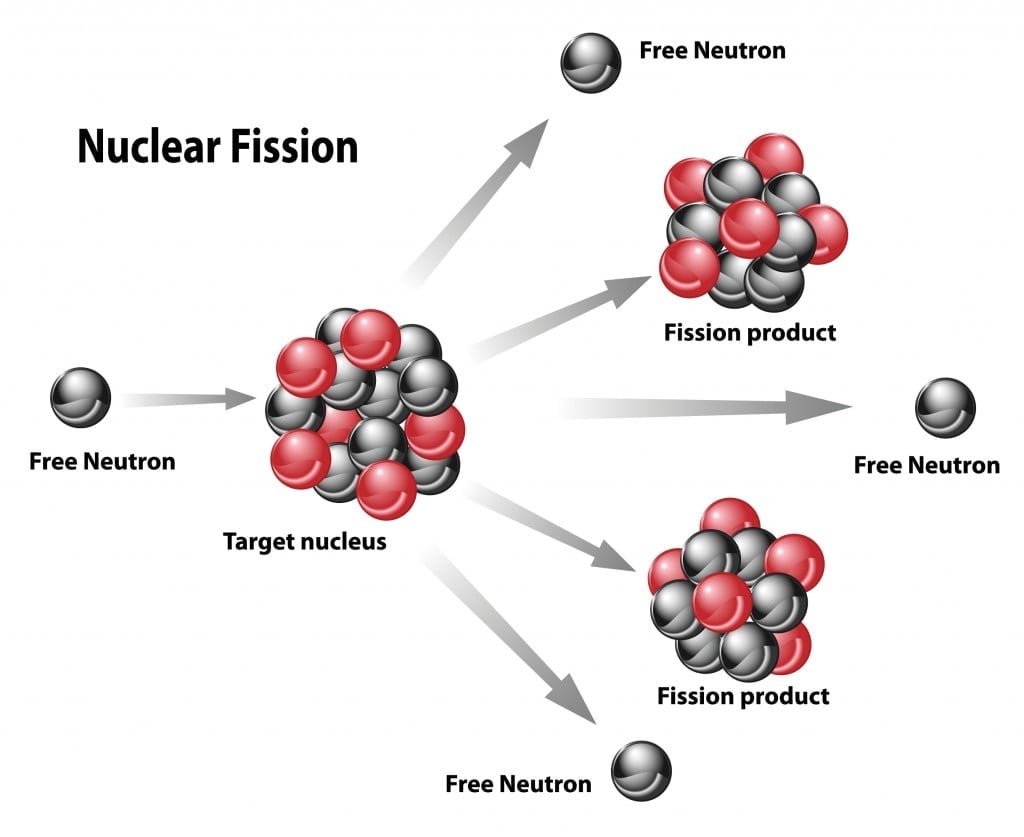
A critical thing to understand here is that a chain reaction cannot occur in a small amount of uranium-235. This is because the fission’s neutrons might escape without hitting another nucleus and causing another fission reaction. The probability that one of the discharged neutrons will start another nuclear fission increases only if more uranium-235 is added to the mixture. The smallest quantity of the nuclear element required to start a self-sustaining fission chain reaction under specified circumstances is referred to as the “critical mass”. Uranium-235 has a critical mass of about 50 kg.
It is necessary to assemble the “critical mass” of nuclear fuel quickly and compress it into a smaller volume to have enough of it to react before the resulting heat blows everything up… BOOM!
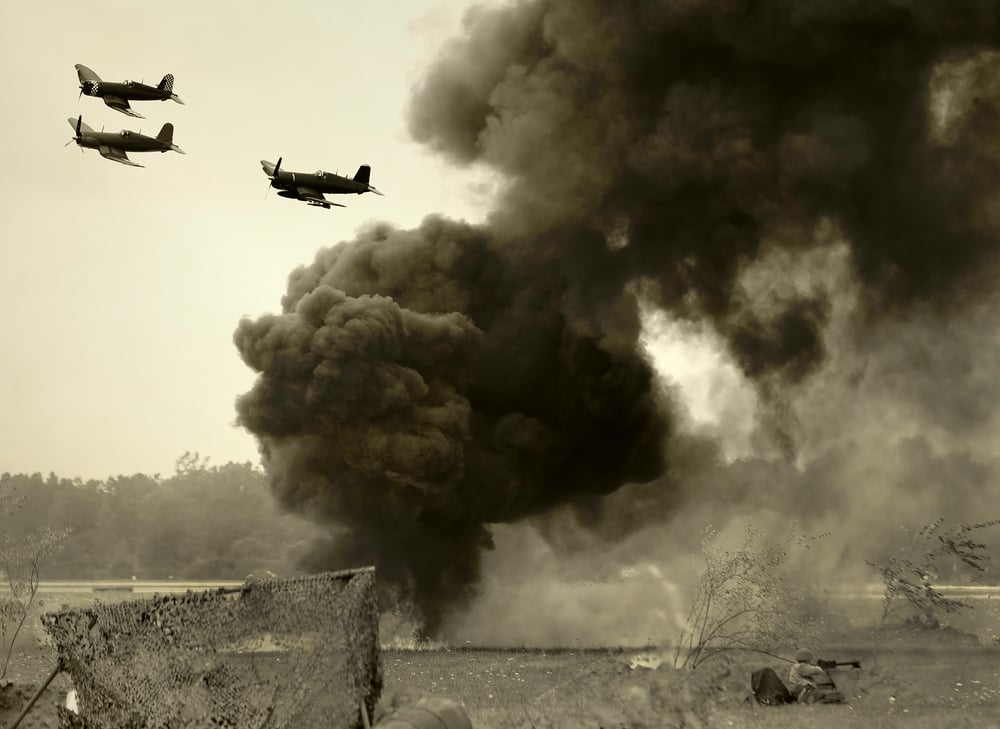
During World War II, in 1945, the United States detonated the world’s first atomic bomb named “Little Boy” on Hiroshima, and the second named “Fat Man” on Nagasaki, killing more than 200,000 people in Japan. The explosions instantaneously killed a large number of individuals, while others eventually died from radiation and burns. You can read more about the differences between Little Boy and Fat Man by visiting this article.
However, compared to an atomic bomb, a hydrogen bomb has the ability to be much more potent. This is because hydrogen bombs explode more powerfully than atomic bombs. Their shock waves blast heat and radiation across a wider field of effect. Each H-bomb carries the potential to wipe out any modern city.
How Is An H-Bomb Different From An Atomic Bomb?
Weapons that work on the principle of fusion are called hydrogen bombs or thermonuclear bombs. The most advantageous nuclear fusion process occurs when a deuterium nucleus and a tritium nucleus (both isotopes of hydrogen) fuse. They combine to form a helium nucleus that contains two protons and neutrons, as well as an additional neutron that is released. This releases an enormous amount of energy, which explodes the weapon.
To understand why nuclear fusion is difficult to sustain, you might want to visit this article. It explains why nuclear fusion is not employed to generate power… yet.
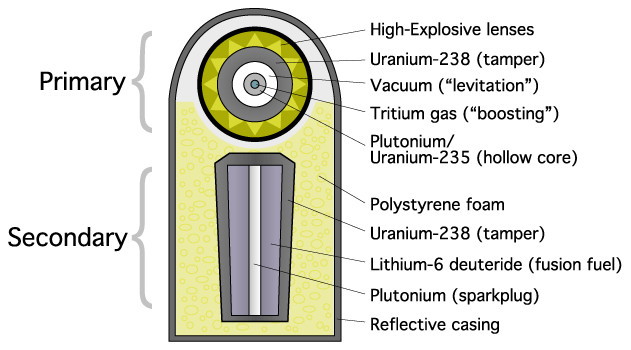
The above diagram explains the functioning of an H-bomb. The secondary fusion reaction is started by the “primary,” which is essentially an implosion fission weapon.
What Makes A Hydrogen Bomb More Lethal?
When an atomic bomb using U-235 is activated, a lot of U-235 remains. Simply said, it is too sparsely distributed to support a chain reaction. The number of neutrons absorbed by other U-235 atoms is insufficient to keep the chain reaction going. The majority of the U-235 gets scattered by the explosion of the weapon, preventing it from capturing a neutron and triggering a chain reaction again.
The Hiroshima bomb had a U-235 content of around 50 kg (100 pounds). The impact could have been 500 kilotons if the U-235 fuel had entirely fissioned, but it yielded only 3% of its actual value. Thus, atomic weapons have a limit to their strength, but hydrogen bombs surpass all such limits.
A hydrogen bomb utilizes the energy of an atomic bomb as its trigger. Its fuel compresses more quickly, entirely resolving the issue of blowing apart before the reaction has advanced very far. Thus, a greater explosion can be produced by using more fuel.
An H-bomb has never been deployed in battle by any nation, but they carry the potential to kill significantly more people than the already deadly atomic bomb.
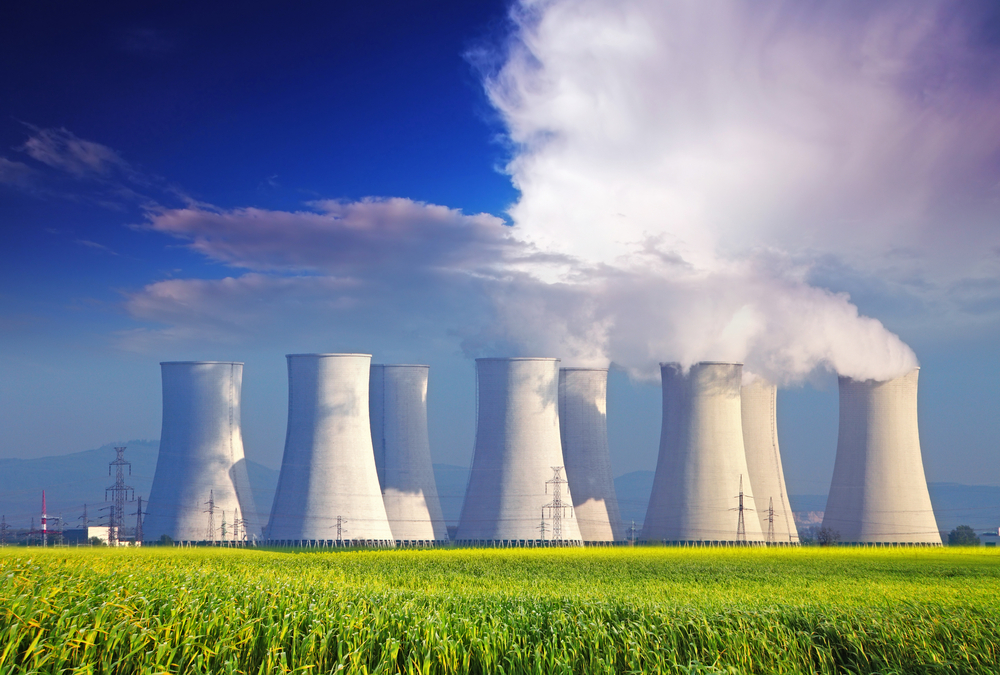
Future generations may have access to a limitless supply of energy once we are able to harness fusion technology, but it also poses a great threat to humanity itself if it falls into the wrong hands. Thus, its safety becomes a huge challenge.
Controlling these forces is overwhelmingly powerful, as nuclear technology holds the strength to change the destiny of entire nations.
References (click to expand)
- (S-9) Nuclear Weapons. The Goddard Space Flight Center
- Chapter Thirteen - NUCLEI - NCERT. The National Council of Educational Research and Training
- Truman Breakout Box Activity. Harry S. Truman Presidential Library and Museum
- The Story of the Atomic Bomb - eHISTORY. The Ohio State University
- How do nuclear weapons work? -. The Campaign for Nuclear Disarmament
- The Atomic Bombs That Ended the Second World War. Imperial War Museums

